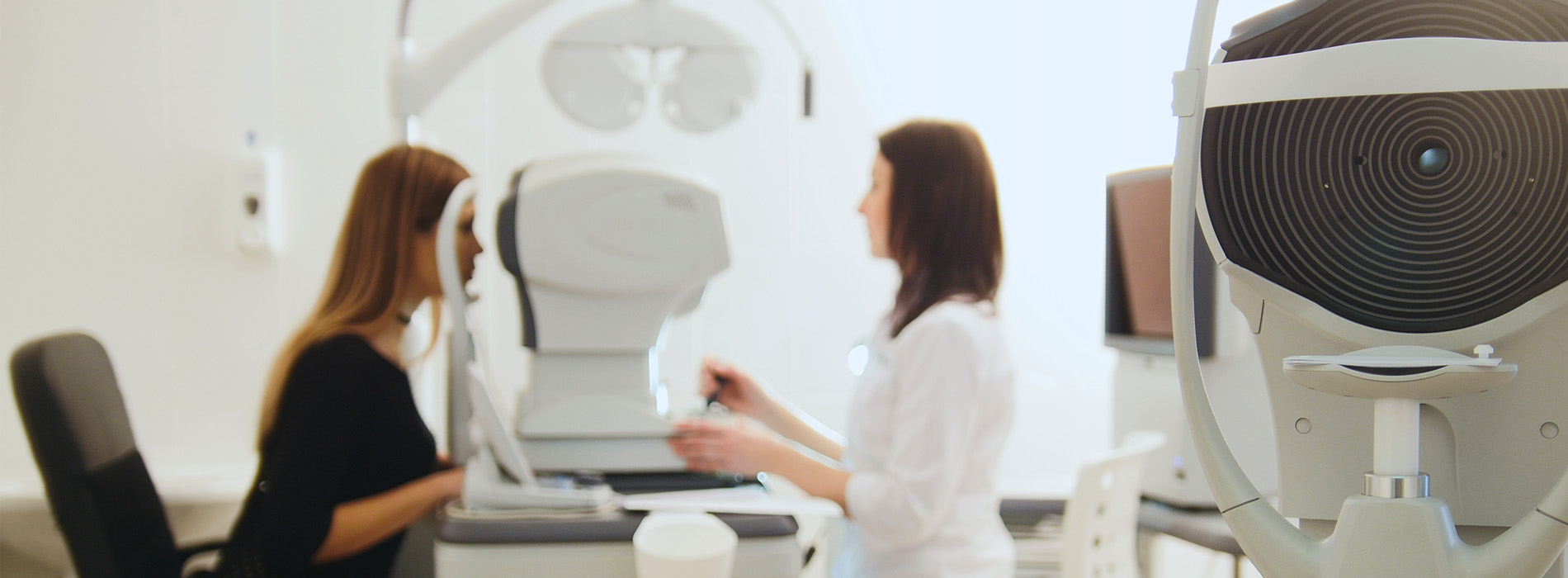
Astigmatism is a common eye condition that is corrected by eyeglasses, contact lenses, or surgery. Astigmatism is characterized by unequal curvatures of the cornea. Astigmatism results in blurry vision and can occur in both nearsighted and farsighted persons, or it can be found alone.
A person’s cornea is spherical in shape and when light enters the eye, the cornea refracts or bends light creating a clear image of the object. However, the eye of a person with astigmatism is shaped more like a football or the back of a spoon. For this person, when light enters the eye it is refracted more by one curve than the other, resulting in a blurry image.
Astigmatism can be hereditary and is often present at birth but can change with age and growth.
People with undetected astigmatism often experience headaches, fatigue, eyestrain, and blurred vision at all distances. While these symptoms may not necessarily be the result of astigmatism, you should schedule an eye exam if you are experiencing one or more symptoms.
Your optometrist can diagnose astigmatism with a thorough eye exam. Astigmatism may occur with other refractive errors such as myopia (nearsightedness) and hyperopia (farsightedness). Unfortunately, astigmatism often goes undetected in school-age children, and is another reason children should have regular eye examination from an eyecare professional.
Almost all degrees of astigmatism can be corrected with properly prescribed eyeglasses or contact lenses.
We accept Visa, Mastercard as well as Cash. We accept all major vision insurance plans.
